| Subject |
Term 1 |
Term 2 |
Term 3 |
Term 4 |
Term 5 |
Term 6 |
| Topic |
 |
 |
 |
| English |
Little People, Big Dreams: Rosa Parks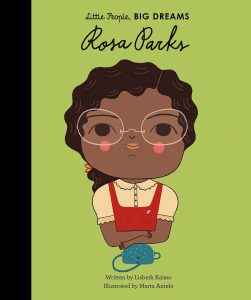 |
Little People, Big Dreams: Treasury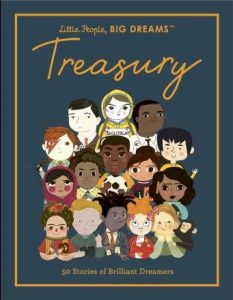 |
Katie Morag and the New Pier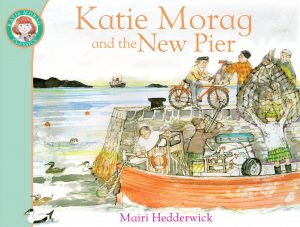 |
The Lighthouse Keeper’s Lunch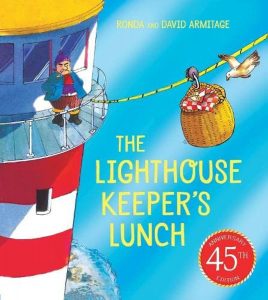 |
Paddington at the Palace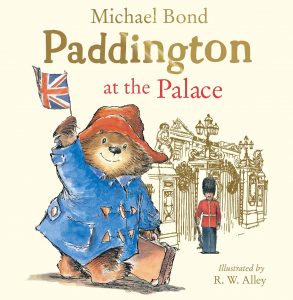 |
Queen Victoria’s Bathing Machine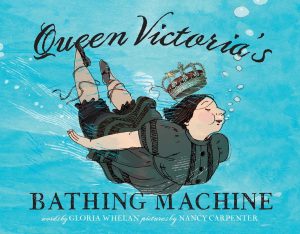 |
| Spellings |
- Adding “-ing” to the end of a word
- Adding “-ed” to the end of a word
- Double consonant words
- Diagraph and trigraph words
|
- Adding “-er” to a word
- Adding “-est” to a word
- New consonant spellings “wh” and “ph” words
- Introduce the prefix “re”
- Words ending in ‘nk’
|
- Introduce the suffix “-ment”
- Introduce the suffix “-ness”
- Introduce the suffix “-ful”
- Introduce the suffix “-less”
- Introduce the suffix “-ly”
|
- Diagraph and trigraph focus
- Focus on words beginning with “w”
- Introduce words with: “-le”, “-el”, “-al” and “-il” at the end
- Adding “-es” to verbs and nouns ending in “y”
|
- Revisit diagraphs and trigraphs
- Revisit compound words
- Words ending in “-tion”
- Introduce the prefix “auto”
- Introduce the prefix “sub”
- Introduce the prefix “super”
|
- Introduce “k” for the “k” sound
- Revisit “ph” and “wh” words
- Words with the “k” sound spelt “ch”
|
| Punctuation |
- To model where we use full stops and capital letters.
- To read sentences aloud to check they make sense.
- Begin to use and understand question marks.
|
- To use a comma to separate items in a list.
- To continue practising when we use full stops and capital letters.
- To understand when we do not need exclamation marks.
|
- To ensure capital letters and full stops are frequently used.
- To use a range of punctuation such as question marks and exclamation marks.
- To revise commas in a list.
- To introduce apostrophes.
|
| Grammar |
- To look at nouns
- To revise the function of statement, question, command and exclamation
- Sentence structures
- Past tense
- To understand Standard English
- To begin to express time, place and cause using a range of conjunctions
|
- Introduce noun phrases
- To revise the function of statement, question, command and exclamation
- To introduce irregular past tense
- To begin to identify the main clause in a sentence
|
- To begin to explore coordinating and subordinating conjunctions
- To introduce commas in a list
|
- To being using time adverbials
- To use a variety of conjunctions confidently
|
- To focus on using exclamation marks confidently
- To revisit time adverbials
- To use consistent tenses
|
- To revisit standard English
- To begin to use commas to separate clauses
- To consolidate conjunctions
|
| Mathematics |
Number
- Place value
- Addition and subtraction
Geometry
|
Measurement
- Money
- Length and height
- Mass, capacity and temperature
Number
- Multiplication and division
|
Number
Measurement
Statistics
Geometry
|
| Science |
Human Survival
- Human life cycle: Human needs for health and survival; healthy lifestyle; bodily hygiene routines; handwashing investigation; and how germs spread.
- Working scientifically: Identifying and classifying; observing changes over time; comparative test; and pattern seeking.
|
Habitats
- Exploring habitat: Living and non-living things; identifying plants and animals in a habitat; animal shelter and food; food chains; animal adaptations; camouflage investigation; and plant adaptations.
- Working scientifically: Identifying and classifying; research; and pattern seeking.
|
Uses of Material
- Identifying materials and their properties; shaping materials; uses of materials; linking properties to use; and sustainability and recycling.
- Working scientifically: Identifying and classifying; pattern seeking; comparative tests; and research.
|
Plant Survival
- Plant parts: Seasonal changes in plants; investigating germination; investigating plant growth; and unusual plants.
- Working scientifically: Observing changes over time; identifying and classifying; pattern seeking; comparative tests; and research.
|
Animal Survival
- Working scientifically: Identifying and classifying; pattern seeking; comparative tests; and research.
- Habitats; invertebrates and vertebrates; microhabitats; human impact on habitats; and animal offspring. Lifecycles; amphibians, reptiles, mammals, birds and invertebrates.
|
| Computing |
Coding |
Online safety |
Effective searching |
Effective searching |
Making music |
Presenting ideas |
| PE |
Invasion Games
Health Related Fitness |
Invasion Games
Sports Hall Athletics |
Gymnastics
Multi skills |
Net and wall games
Invasion games |
Athletics
Striking and Fielding |
| RE |
 Hinduism Hinduism
Navratri
|
 Christianity Christianity
Christmas |
 Judaism Judaism
Hanukkah |
 Islam Islam
Jumu’ah |
 Sikhism Sikhism
Anand Karaj |
 buddhism buddhism
Losar
|
| PSHE |
Being me in my world |
Celebrating difference |
Dreams and goals |
Healthy me |
Relationships |
Changing me |
| Art and DT |
Mix it!
- Colour wheel
- Primary and secondary colours
|
Remarkable Recipes
- Sources of food
- Kitchen tools
- Reading recipes
- Hygiene
- Making a school meal
|
Flower Head
- Analysing artwork
- Exploring visuals such as colour, shape, texture and pattern
- Focus on Yayoi Kusama
|
Beach Huts
- Structures – strengthening
- Using tools
|
Push and Pull
- Sliders, levers and linkages
- Making moving greeting cards
|
Cut, Stitch and Join
- Focus on Cath Kidson
- Sewing patterns
- Cross stitch
- Embellishment
- Making a bag tag
|
| Music |
Exploring Simple Patterns |
Enjoying Improvisation |
Exploring Feelings Through Music |
Inventing A Musical Story |
Music That Makes You Dance |
Exploring Improvisation |
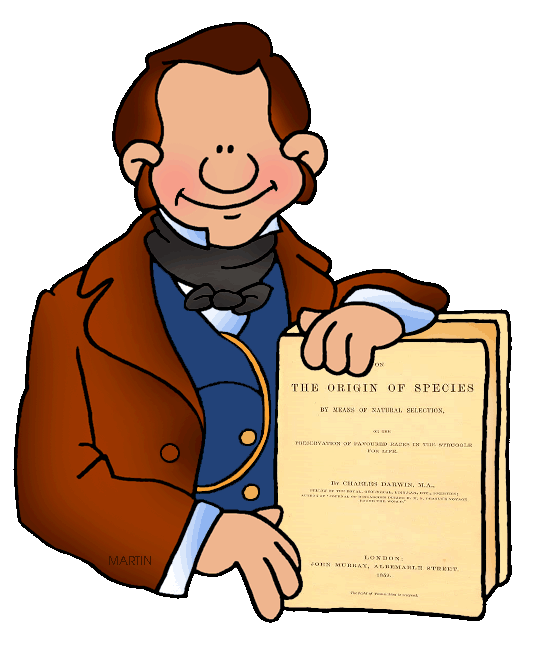








 Christianity
Christianity
 Judaism
Judaism
 Islam
Islam
 Sikhism
Sikhism
 Hinduism
Hinduism buddhism
buddhism